
Alexander is a content creator who has a great interest in learning new things. What he enjoys even more is creating knowledge content.
Keep me updated!
Subscribe
.jpg?width=1280&height=576&name=Cat%20staring%20at%20whitboard%20cat%20(1).jpg)
What can you create with a whiteboard doodle when feeding it into ChatGPT's image generator? In this article, I go through the process of creating a comic character and more photorealistic images based on a drawn whiteboard sketch. The main takeaway is that the distance between raw ideas and polished output is shorter than ever—if we just learn how to use the tools thoughtfully.
In a creative workspace (like Zooma's office), unexpected inspiration is always around the corner. One afternoon, walking by a conference room, I spotted my colleague Kang drawing a rough but strangely charismatic sketch of a lounging cat on the whiteboard. 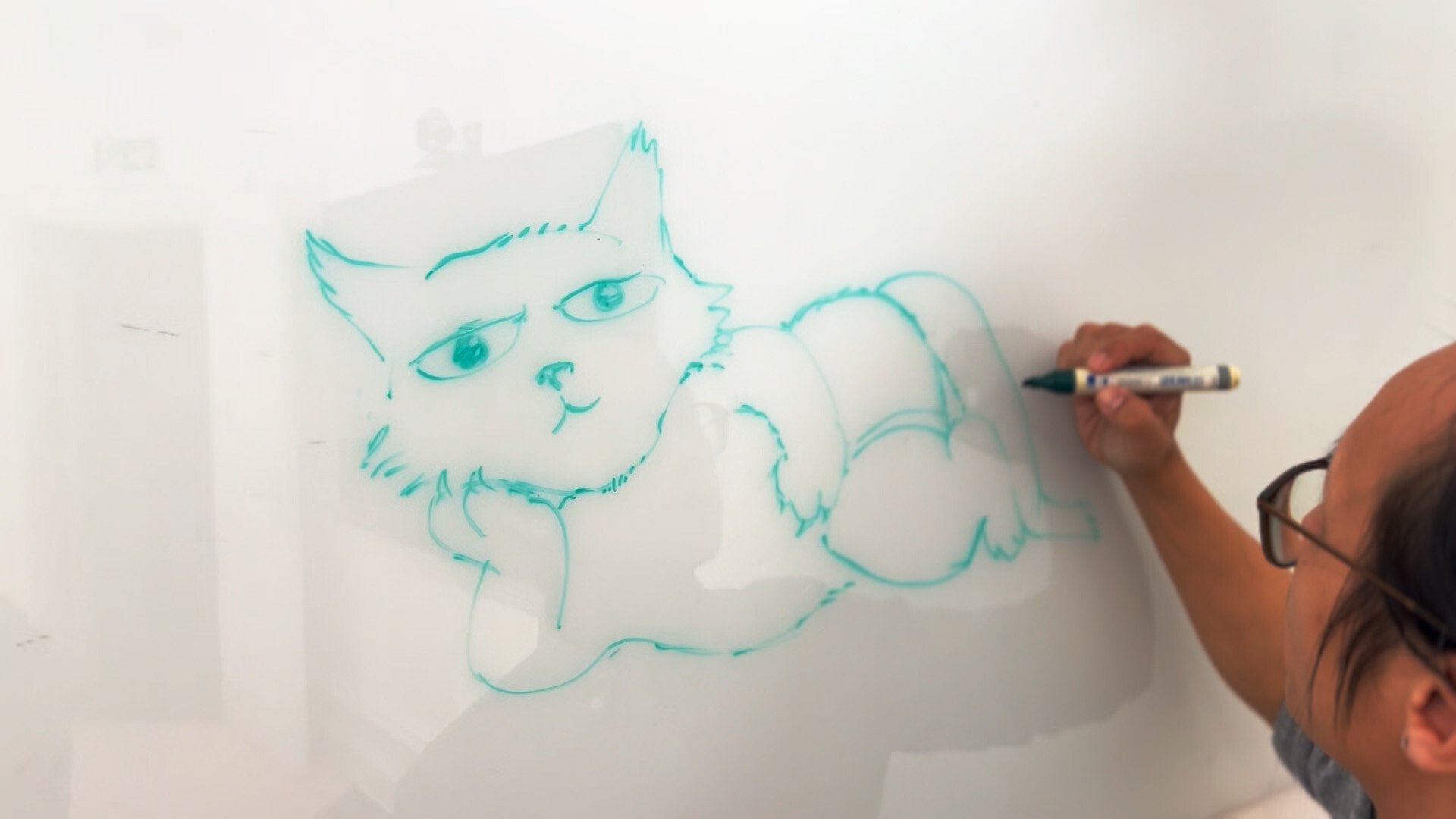
I instantly liked it, and I got an idea: What if we took this little character and pushed it through ChatGPT's image generator?
Could we turn this quick sketch into a character, a comic, or maybe even a photorealistic character who will break free from his past and eventually drive a motorcycle toward the unknown? I know it sounds a bit confusing, but keep on reading, and it'll all make sense.
In the first experiment, let's have some fun turning this character into a comic character, and then we do a more serious one.
Prompt: Convert the figure from the whiteboard in the image into a clear illustration.
.jpeg?width=294&height=196&name=image%20(1).jpeg)
Prompt: Illustrate the lounging cat on a beach chair sipping a coconut drink.
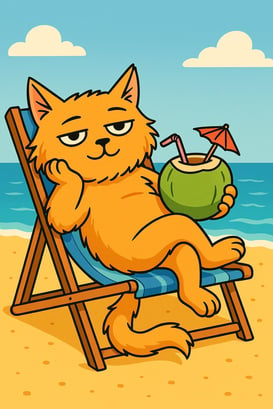
Prompt: Create a colourful comic magazine cover featuring this character. Use bold, vintage-style comic text. The layout should mimic classic comic book covers, with dynamic fonts, a price tag ($4.99), and a playful, beachy vibe.
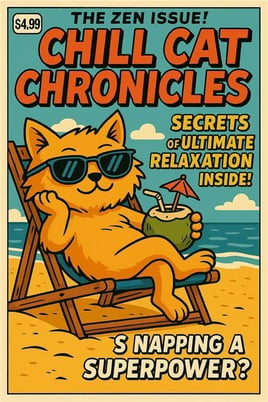
Prompt: Generate a comic strip featuring this cat giving life advice.
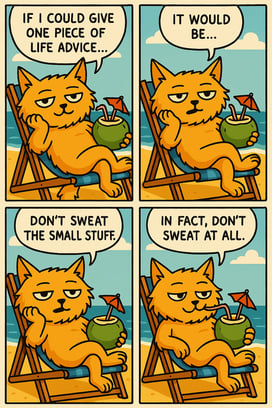
While turning the cat into a comic character was playful and full of personality, I wanted to see what happened when we took the concept more seriously. Could a simple whiteboard sketch become something realistic—something that looks like it was captured on camera rather than drawn? Let's try...
One thing I’ve learned while working with gen AI image generators is that going step by step is essential—especially when you're starting from something as loose as a sketch.
Jumping straight from a doodle to a photorealistic image often invites the model to "fill in" too many blanks. The result looks great but no longer resembles the original idea.
To illustrate this, use the below image as a reference and the prompt: Create a hyper-realistic close-up portrait of this cat in the same pose with soft studio lighting. Every strand of fur is finely detailed. The cat has an elegant, almost human-like gaze. 
...gave this result:

❌❌❌ Noo noo noo!!
It's a cat, but it's not a lounging cat. Its pose, charm, and attitude are not similar to those of the original sketch.
The main experiment, in this case, was preserving the essence of Kang's whiteboard cat, so we need to rethink the process.
Instead, by gradually evolving the image—moving through a stylized vector, painterly, semi-realistic, and finally, photorealistic stages—I was able to guide the transformation while keeping the attitude and charm of the original sketch intact.
Prompt: convert the figure from the whiteboard in the image into a clear illustration.
.jpeg?width=294&height=196&name=image%20(1).jpeg)
Prompt: Stylized Vector. Based on the figure in the image create clean lines, sharp shadows, flat but modern—closer to animation but more dimensional.

Prompt: Soft brushwork, textured fur, light realism. Think digital painting with mood and form.
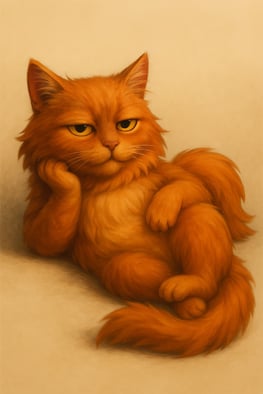
Prompt: Realistic fur and lighting, but exaggerated expressions or anatomy retained.
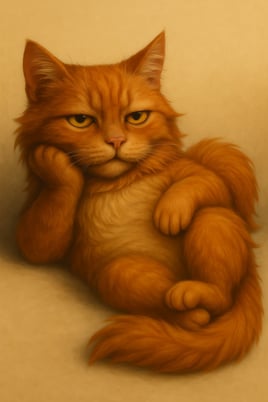
Prompt: Full photorealism with micro-detail, Every strand of fur is finely detailed.

Prompt: A photorealistic image of this cat as a human-sized, working at a modern marketing agency. The cat wears a button-up shirt and glasses, sitting at a messy desk with coffee cups and sticky notes, looking tired and overworked under fluorescent office lighting.
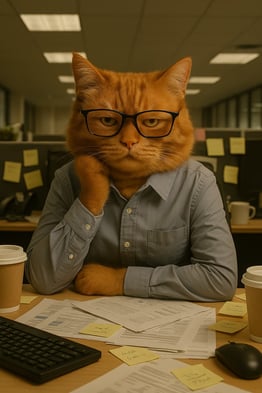
In the end, it felt natural to let our photorealistic cat character stand face to face-with its origin—a simple whiteboard sketch. A full-circle moment where the final version pauses to admire the embryo of its own existence. From a doodle in a meeting room to a fully realized personality, this little experiment showed just how far a character can travel when guided thoughtfully through gen-AI.
.jpg?width=1536&height=1024&name=Cat%20staring%20at%20whitboard%20cat%20(1).jpg)
Now, looking again at Kang's original whiteboard sketch, it's pretty impressive how we can tweak and maintain character consistency with ChatGPT's image generator.

This is a great reminder that the distance between raw ideas and polished output is shorter than ever—if we just learn how to guide the tools thoughtfully.
If you’re curious about exploring this kind of sketch-to-visual workflow, want to experiment with gen AI-assisted creativity, or just want to chat about how to bring your own ideas to life—let’s connect. I’d love to hear what you’re creating.

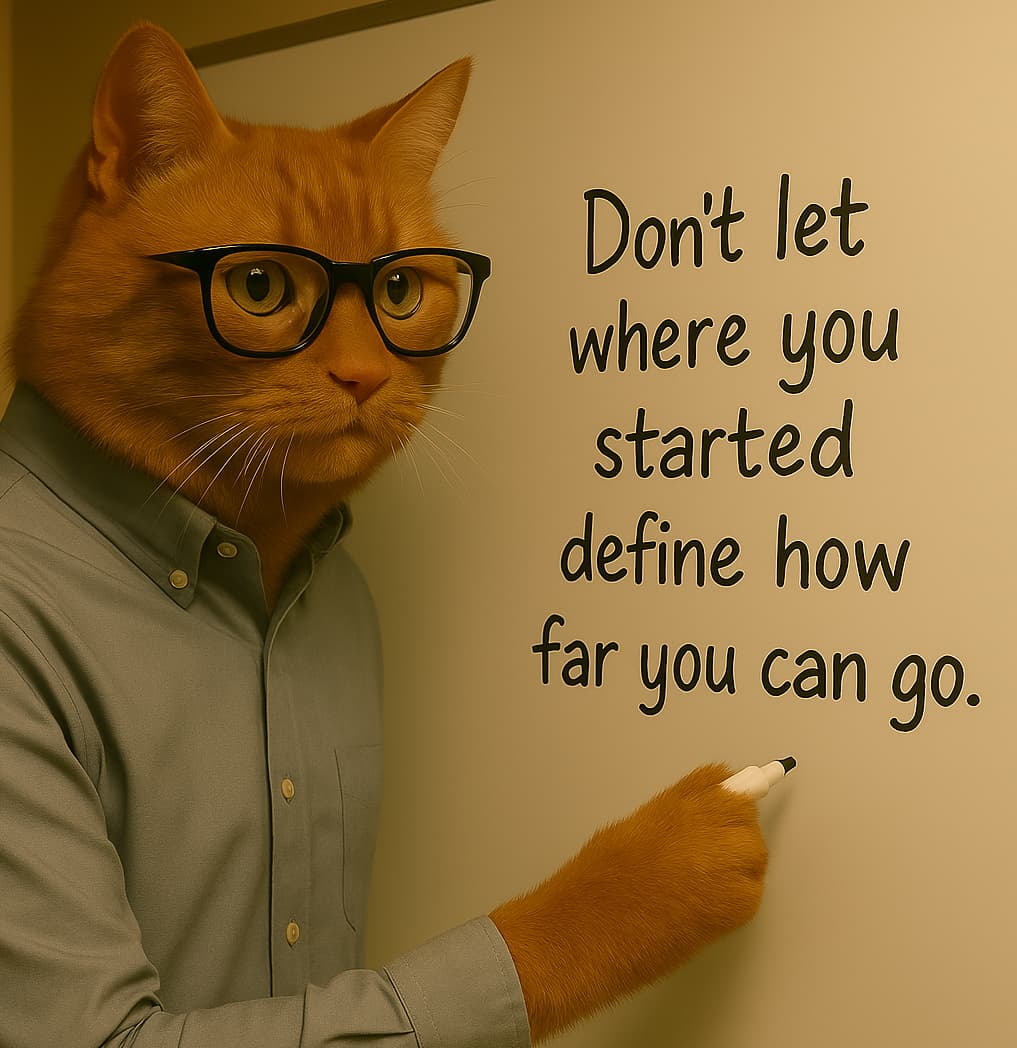
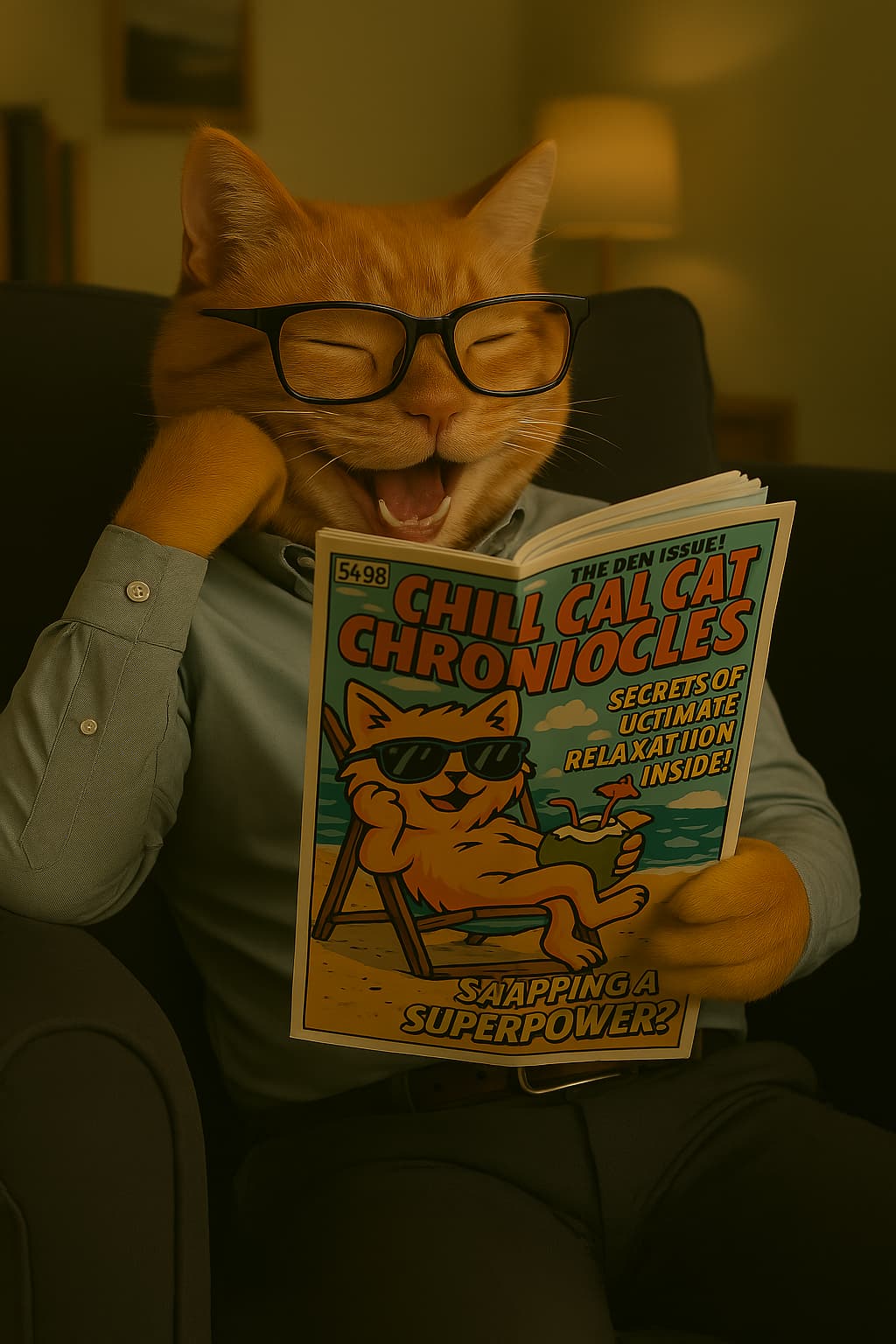

He started as a quick sketch on a whiteboard—simple lines, tired eyes, almost forgotten.
But he grew. Into a character. A worker. A voice. A reflection of everything we try to hold together.
Now, he rides into the unknown.
No more running. No more chasing.
Just free—finally choosing his own path.
No longer a sketch.
Real.
PS... did you notice that the sketch cat got an extra tail? I thought so!
